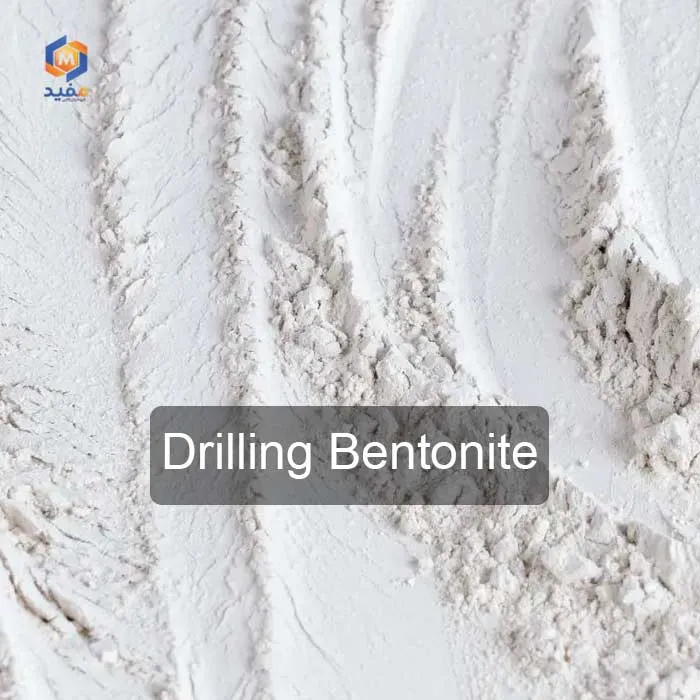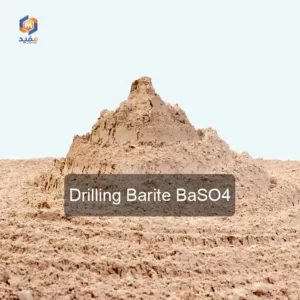Description
What is drilling bentonite?
Drilling bentonite is a type of aluminum silicate clay that is mainly composed of montmorillonite. This absorbent material also
Diffusion in a large volume of water creates a gel-like and infiltration-like composition and by blocking the water flow pores in its composition, it visibly
Adds compound sealing performance. Therefore, the use of whole bentonite in the construction industry, especially when strong walls are needed
It is very common to have no pores.
Obviously, the higher purity of Montmorillon would mean increased efficiency and optimal performance in our opinion.
The general term bentonite is derived from a place in America called Benton Shale, where this material was first discovered. This article is in the form of
Clay is mined by a scientist named Knight in 1898 and was named bentonite flower.
One of the main uses of bentonite mud in the oil and gas industry is to use it as a drilling mud to secure and stabilize the drilling process.
Bentonite containing sodium has a high swelling ability and at the same time it prevents soil subsidence or soil penetration in the material being extracted.
Classification of bentonite clay from the aspect of industrial application
All bentonite has different criteria for classification, but their division from the point of view of industrial application is as follows:
• Bentonite clay with the predominant sodium content, which has high swelling and is usually used in drilling.
• Bentonite flower with the predominant calcium substance, which has little swelling.
• Potassium bentonite
• Clay bentonite
• Aluminum bentonite
• Archanophil bentonite
Obviously, the use of each of these types will depend on the nature and function that is expected from this combination in each industry and technology.
Physical and chemical properties of drilling bentonite
The properties of drilling bentonite are naturally different according to the area and mineral from which the product is extracted. But it can be averaged
provided an estimate of the physical and chemical properties of this compound.
Drilled bentonite has approximately 65 to 67% of Montmorillonite, the Zelle index is 33 after 8 hours and F5 after 23 hours.
It has 6 to 8 percent moisture and its granulation percentage on a 205 mesh sieve is almost 99 percent.
Also, this compound contains about 65% silicon dioxide, 13% aluminum oxide and smaller amounts of hematite, calcium oxide, and sodium.
oxide and other compounds.
These physical and chemical characteristics of the soil have made drilling bentonite a reliable combination for covering the walls of the drilling area.



Reviews
There are no reviews yet.